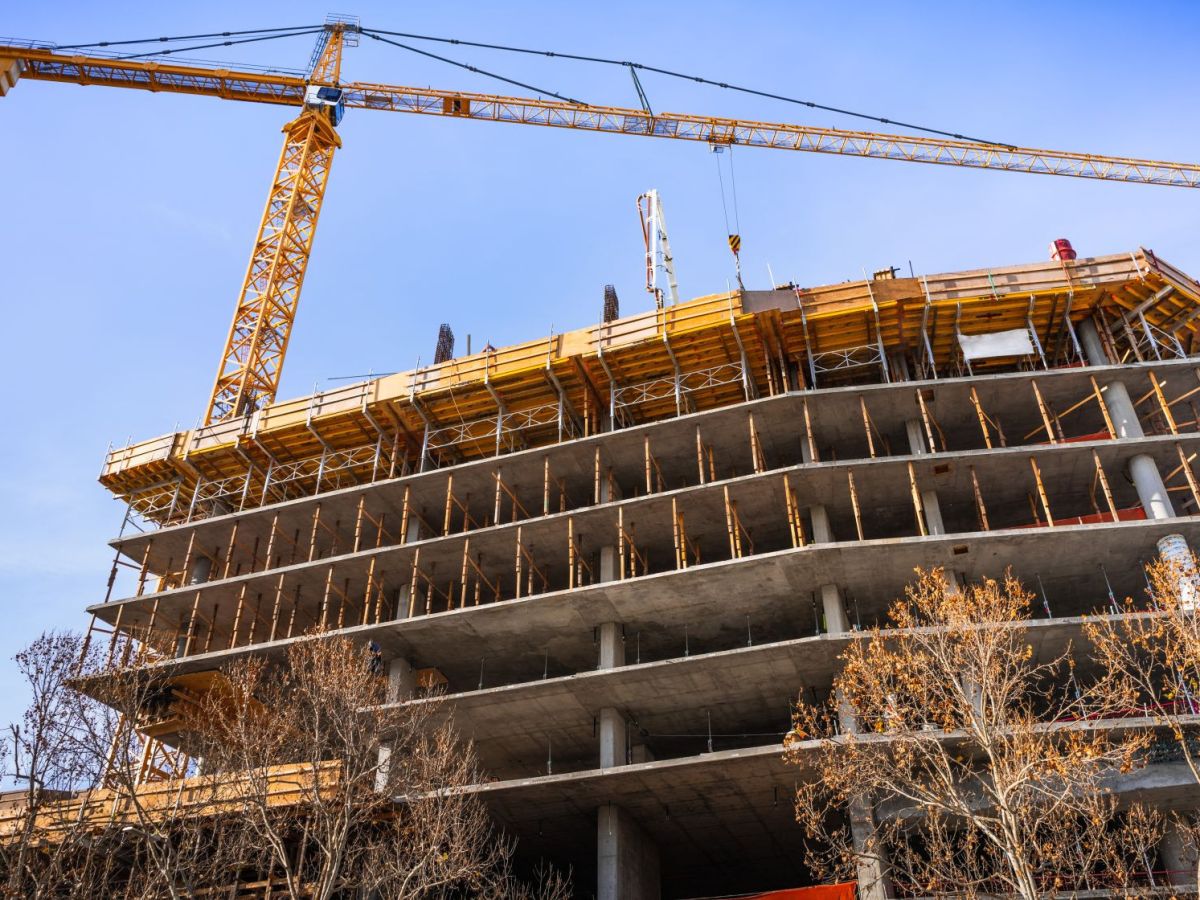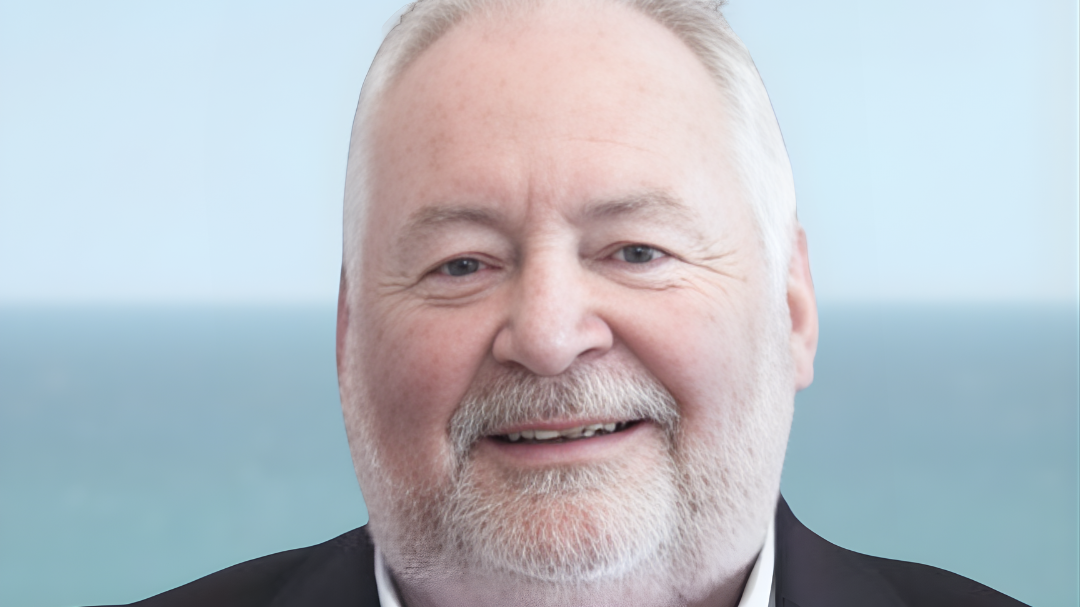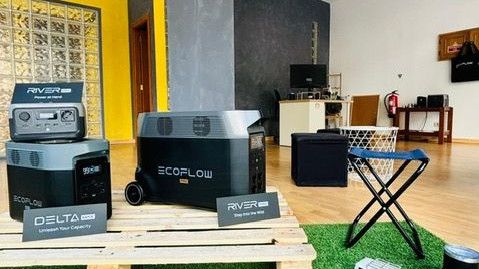In Ingolstadt, Germany, a new three-storey apartment building with 15 units is being built, without a conventional heating system. At first glance, this may sound absurd, especially at a time when much of Europe is debating the future of gas boilers and heat pumps. But thanks to an innovative design, the building manages to stay warm in winter and cool in summer.
The secret lies in the way it is built. The outer walls are made of 50-centimetre thick brick with wood filling, covered by a wooden facade. The interior and separating walls are also brick, while ceilings and partition walls are concrete. This combination allows walls and ceilings to function as natural heat storage, capturing warmth from sunlight, household appliances, and even the residents themselves.
The design avoids the need for a central heating or ventilation system. Instead, sensors track temperature, humidity, and CO₂ levels, automatically opening slim windows whenever necessary. Deep-set windows in the facade also play a key role: in summer, the higher sun means no direct light enters the apartments, keeping them cool without the need for shading. At night, windows open to bring in cooler outside air. In winter, when the sun is lower, sunlight streams inside, providing natural warmth.
Hot water is produced by small, on-demand heaters in each unit, with most of the electricity supplied by solar panels on the roof. Only in extreme cold does an emergency electric underfloor heating system step in. The building also has a basement and underground parking; storage and parking are integrated into outdoor areas instead.
Importantly, this is a social housing project, not a luxury development. Interest in apartments is high, though potential tenants are first carefully introduced to the concept. As the operators point out, it is not for everyone; for example, people who like to keep their windows wide open at all hours would not be suited to this system.
This is not an untested experiment. A similar building has been in use in Lustenau, Austria, for more than a decade, where it has consistently maintained indoor temperatures between 22 and 26 degrees Celsius.
For me, this project is more than just interesting architecture. It is a model that could make sense in Portugal too. With our large day-to-night temperature differences, such a concept would not only work well but also help reduce operating costs for residents. It is an inspiring example and one we should consider imitating.
















Well what to say. I think the Algarve has a different climat.
Electric underfloorheating is the most exspensive heating , I can think of. And the walls also dont come cheap.
By Manfred from Algarve on 31 Aug 2025, 09:13
For more ideas about this ability you should look to Scandinavia.
By Odd from Algarve on 31 Aug 2025, 10:02